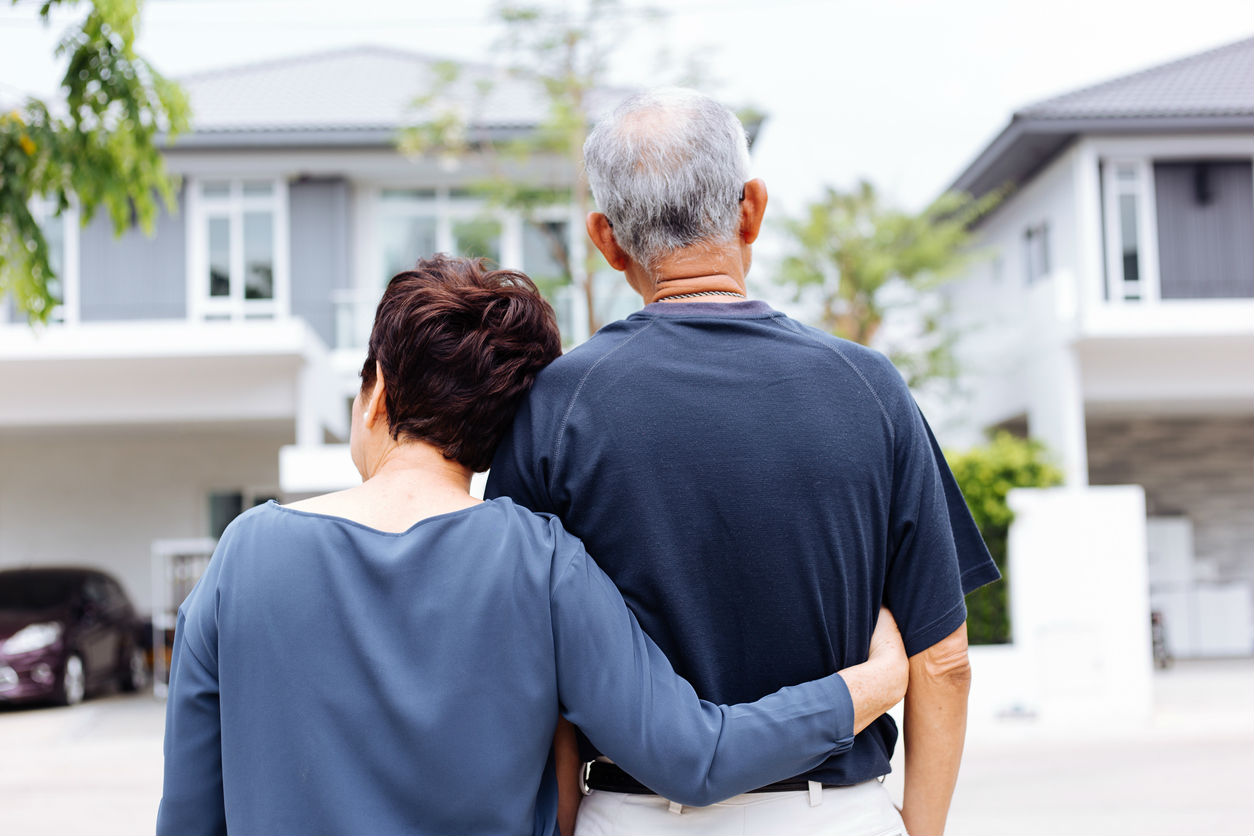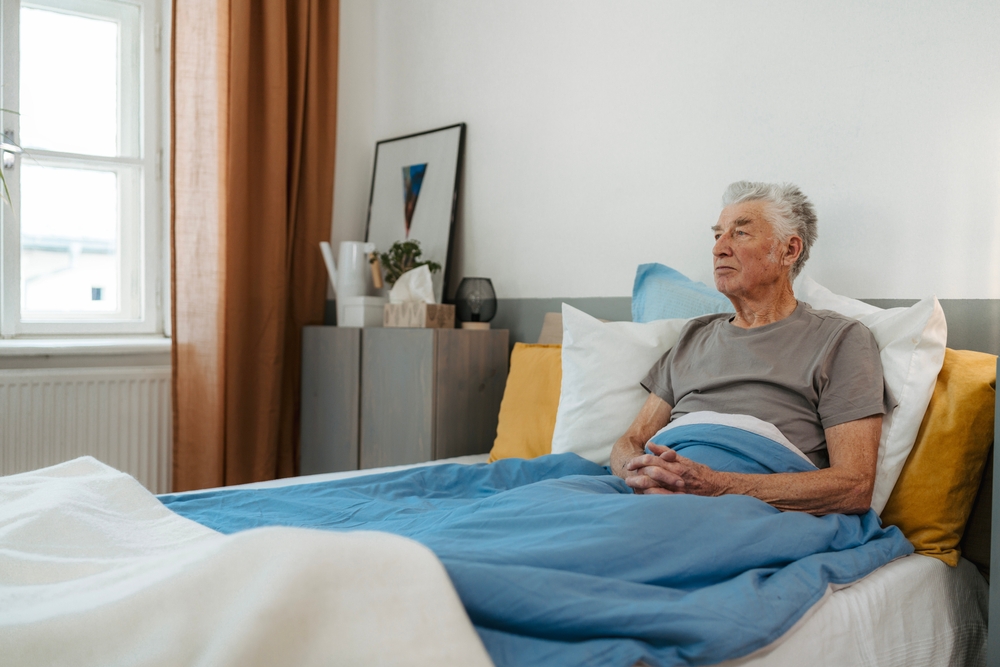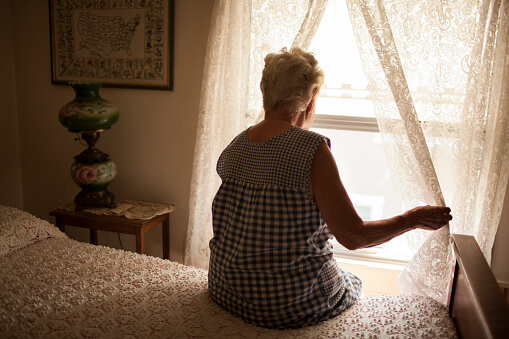As we advance into the digital age, the integration of fall detection and telehealth is transforming the landscape of elderly care. These technologies are not only enhancing the quality of life for seniors but also providing peace of mind for family caregivers. The combination of fall detection and telehealth is a significant stride towards ensuring safety and promoting independent living among the elderly.

Understanding Fall Detection
Fall detection systems are designed to monitor and alert caregivers about any falls experienced by the elderly. These systems use a variety of technologies, including accelerometers, gyroscopes, and pressure sensors, to detect unusual movements that may indicate a fall.
How Fall Detection Works
These systems often rely on wearable devices or sensors placed around the home. When a fall is detected, an alert is sent to a pre-designated caregiver or emergency contact, allowing for immediate action. This quick response can significantly reduce the risk of serious injury or complications following a fall.
Types of Fall Detection Devices
- Wearable devices: These are often worn as pendants or watches.
- Non-wearable devices: These include sensors placed around the home to monitor movement.
The Role of Telehealth
Telehealth refers to the use of digital information and communication technologies, such as computers and mobile devices, to access healthcare services remotely. It allows for regular monitoring of health conditions, consultations with healthcare professionals, and management of prescriptions and medical records.
The Benefits of Telehealth for Elderly Care
Telehealth provides numerous benefits, particularly for the elderly population. It reduces the need for frequent visits to healthcare facilities, thereby minimizing exposure to potential health risks. Additionally, it offers convenience, allowing seniors to receive medical care from the comfort of their homes.
Key Features of Telehealth
- Remote monitoring: Enables continuous health tracking from home.
- Virtual consultations: Facilitates online appointments with healthcare professionals.
Integrating Fall Detection with Telehealth
The integration of fall detection with telehealth creates a comprehensive approach to elderly care. This combination allows for real-time monitoring and quick medical intervention, reducing the risk of severe injuries from falls and ensuring timely healthcare support.
Benefits of Integration
By merging these technologies, caregivers can receive instant alerts about falls and quickly access medical advice or assistance through telehealth services. This integration enhances the overall safety and well-being of seniors.
Improving Quality of Life
The synergy between fall detection and telehealth not only ensures physical safety but also improves emotional well-being. Knowing that help is readily available can significantly reduce anxiety and promote a sense of independence among the elderly.
Technological Advances in Fall Detection and Telehealth
Recent advancements in technology have made fall detection and telehealth more efficient and accessible. Innovations such as artificial intelligence and machine learning are being incorporated to enhance these systems.
AI in Fall Detection
Artificial Intelligence (AI) is being used to improve the accuracy of fall detection systems. AI algorithms can analyze data from sensors to differentiate between normal movements and falls, reducing false alarms and ensuring timely alerts.
Machine Learning in Telehealth
Machine learning enhances telehealth by providing predictive analytics and personalized healthcare plans. This technology can process large volumes of health data to identify patterns, predict potential health issues, and suggest preventive measures.
Challenges and Considerations
While the integration of fall detection and telehealth offers numerous benefits, there are challenges that need to be addressed. These include ensuring data privacy, managing costs, and providing adequate training for users.
Data Privacy Concerns
With the increased use of digital technologies, safeguarding personal health information is crucial. Implementing robust security measures is essential to protect user data and maintain trust in these systems.
Cost Management
The cost of implementing and maintaining these technologies can be a concern for many families. Exploring affordable solutions and seeking assistance from insurance providers can help manage these expenses.
The Future of Fall Detection and Telehealth
The future of fall detection and telehealth is promising, with continued advancements expected to enhance their capabilities and accessibility. As these technologies evolve, they will play an increasingly vital role in supporting the health and independence of the elderly population.
Continued Innovations
Ongoing research and development in this field will lead to more sophisticated and user-friendly systems. Innovations such as voice-activated devices and integrated smart home systems are on the horizon.
Increased Accessibility
Efforts to make these technologies more accessible to a wider audience will ensure that more seniors can benefit from improved safety and healthcare support.
Conclusion
The integration of fall detection and telehealth is revolutionizing elderly care by providing comprehensive and timely support. These technologies not only enhance the safety and well-being of seniors but also offer peace of mind for family caregivers. As we continue to embrace these innovations, the future of elderly care looks brighter and more secure than ever.

FAQs
What is the primary benefit of integrating fall detection with telehealth?
The primary benefit is enhanced safety and well-being for seniors, as it allows for real-time monitoring and quick medical intervention.
How does AI enhance fall detection systems?
AI improves the accuracy of fall detection systems by analyzing sensor data to differentiate between normal movements and falls, reducing false alarms.
What challenges are associated with fall detection and telehealth?
Challenges include ensuring data privacy, managing costs, and providing adequate training for users.
For more information on fall prevention and elderly safety, visit the CDC’s website.
This article contains affiliate links. We may earn a commission at no extra cost to you.






